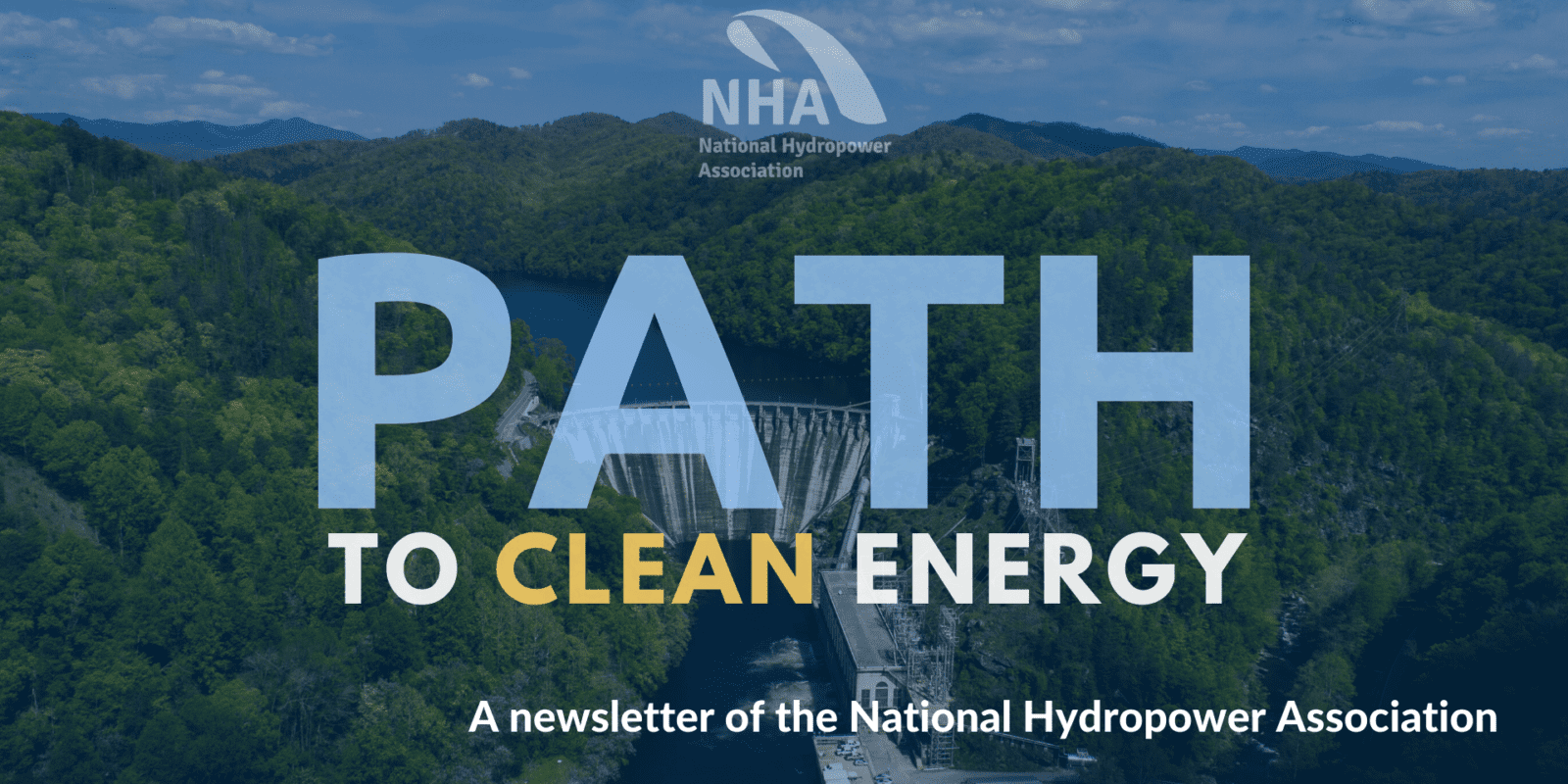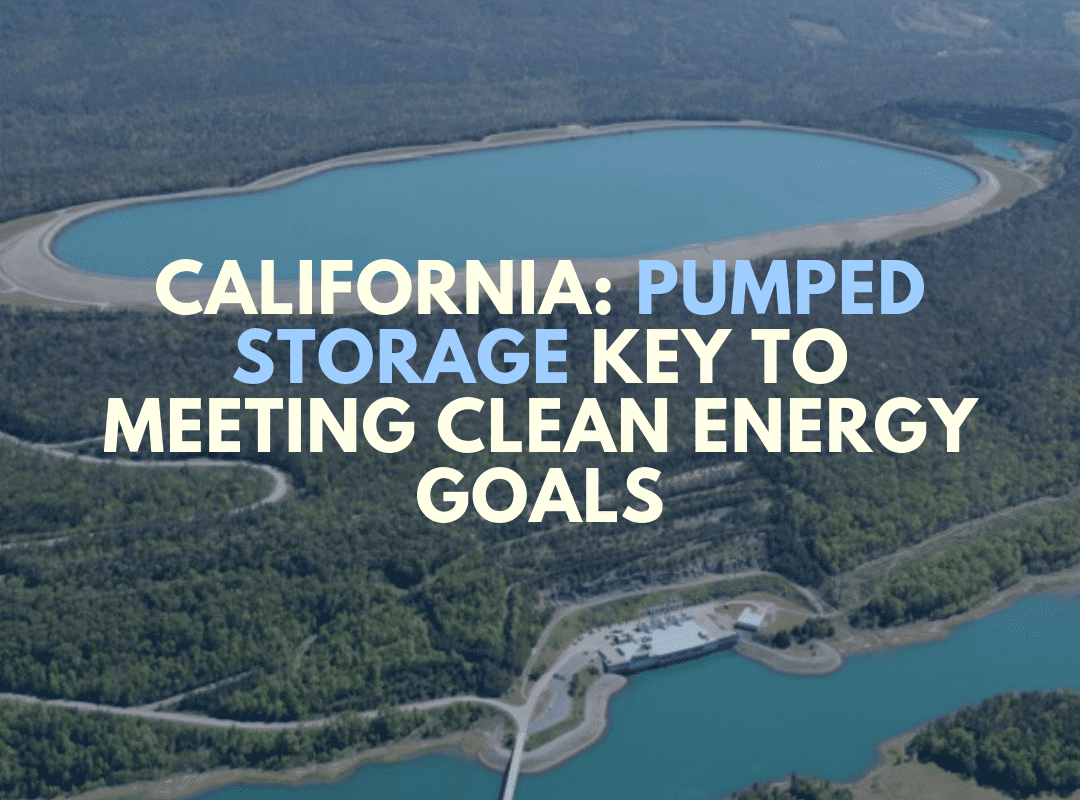

California Sees Pumped Storage Hydropower As Key to Meeting Clean Energy Goals
Like many states throughout America, California is actively seeking solutions for a clean energy future. As part of its long-term decarbonization efforts, the California Public Utilities Commission (CPUC) recommended 973 MWs of new pumped storage hydropower development by 2026 to help meet the state’s clean energy goals. The recommendation is based on models designed to create an optimal portfolio of generation resources to meet a GHG target of 46 MMT by 2030.
In response to stakeholders who argued the proposed GHG target was not aggressive enough, the CPUC ran an additional scenario slashing GHG emissions even further to 38 MMT by 2030. Under that scenario, the model recommends 1,605 MW of new pumped storage. Based on the CPUC models, greater quantities of new pumped storage development is needed for greater emissions reductions. As GHG emissions targets decrease towards 0 MMT, pumped storage development becomes an increasingly more important and economical option to maintain resource adequacy.
The CPUC commissioners will vote to approve or deny the recommendation next month, which then begins the process for Load Serving Entities (LSE’s) to develop and submit their Integrated Resource Plans (IRPs). If the CPUC recommendation is adopted, LSE’s are required to document current or future activities related to the procurement of pumped storage or other long duration storage technologies. In addition, the CPUC is looking at concrete steps to support the development of these resources in ongoing procurement proceedings.
A closer look at the modeling assumptions suggests even more pumped storage is needed beyond what is recommended by CPUC at this time. Two examples stand out:
First, the model suggests an unprecedented build out of battery storage, leading to at least 20 parties expressing concern over the reliance on battery storage, including the California Independent System Operators (CAISO). The CAISO also pointed out that the CPUC model does not include replacement costs of resources. While the lifetime of a battery varies from 5-10 years, pumped storage hydropower is proven to last well over 50 years. Pumped storage is a potential solution to concerns about overreliance on and replacement costs of battery storage.
Second, the model retains nearly the entire natural gas fleet. While natural gas is essential for reliability purposes at present, it is an emitting resource, absent carbon capture. As a result, the CPUC is requiring all LSE’s to evaluate how to reduce reliance on natural gas. Pumped storage hydropower is one potential carbon-free, reliable alternative to natural gas.
The CPUC recommendation is only a recommendation – individual LSE’s may or may not decide to include pumped storage in their IRPs. However, it is clear that models are increasingly demonstrating a need for new pumped storage hydropower development.
Path to Clean Energy Vol 1
In this Issue…
-
The New England Electrical Blackout That Never Happened
-
In the face of COVID-19, Hydropower Operators Go Above and Beyond
-
Wait, What? Pumped Storage is More Affordable Than Batteries?
-
Decarbonizing America’s Grid: Umm, Not Without Hydropower…
-
Down to Brass Tax: Parity for All Renewables
-
What’s in the Hydropower Development Pipeline
-
California Sees Pumped Storage Hydropower as Key to Meeting Clean Energy Goals



